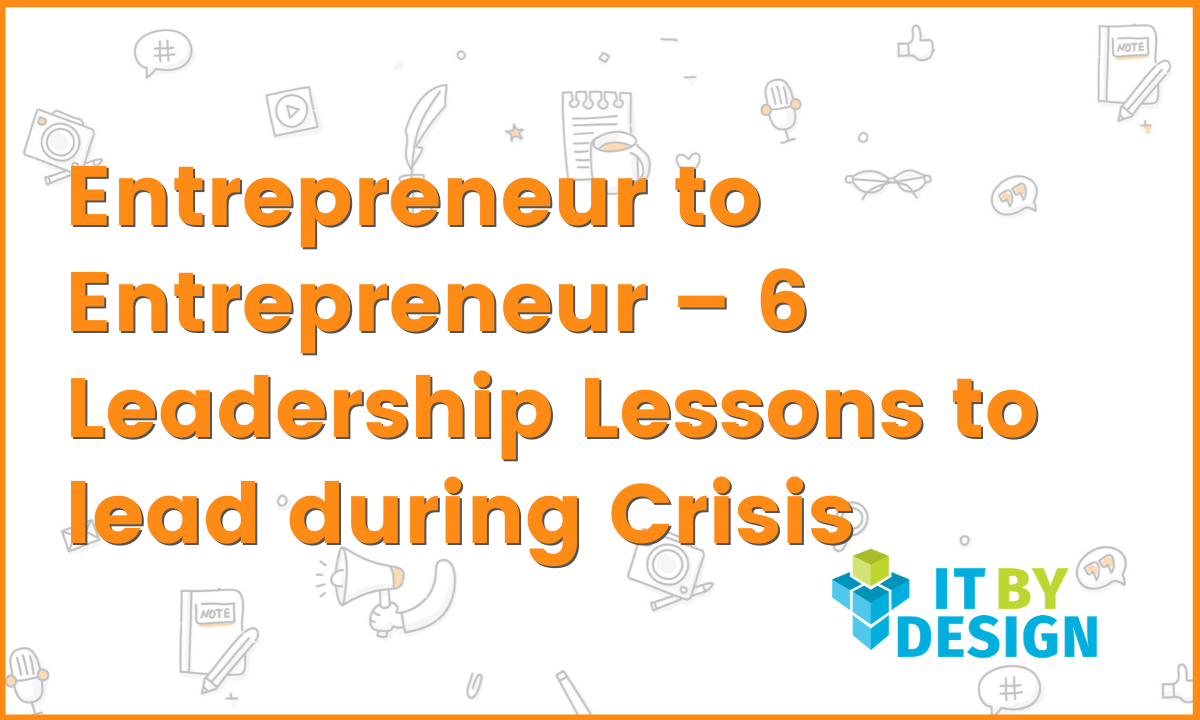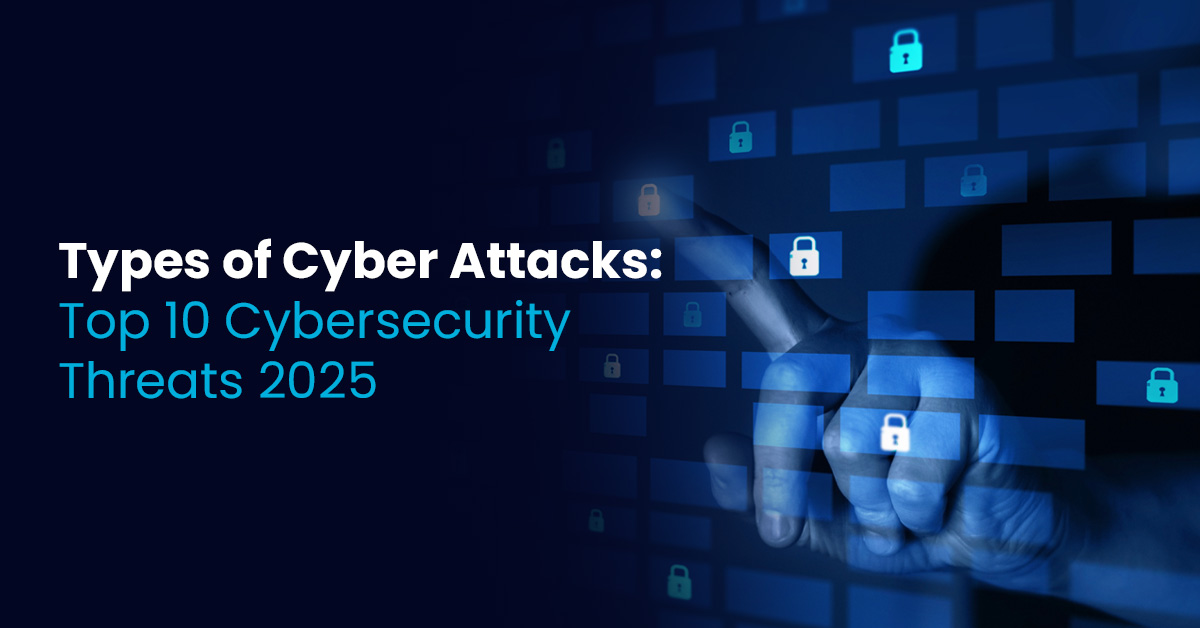The coronavirus pandemic has reshaped the global economy, including the MSP space. As the economic impacts of the crisis are significant, many MSPs are feeling their way towards understanding, reacting to, and learning lessons from rapidly unfolding events.
Given the very different degrees of preparedness across MSPs, the further potential for disruption, and the value of being better prepared for future crises, it’s worth trying to extract what we have learned so far. Based on the engaging discussion during our webinar, “Entrepreneur to Entrepreneur,” we want to share the following takeaways that may help your business.
6 Leadership Lessons to Lead During Crisis
1. Maintain a Healthy Mindset
With social distancing becoming the norm of the day, energy among the ‘newly remote’ team can drop from time to time. This is the time when you, as part of leadership, can show some flexibility. This means spending extra time with the team in daily huddles, asking everyone how they are doing and encouraging your team to share daily wins during the meeting.
Remember, as a leader you have to ensure that you are emotionally in a good state. After all, you have to be 10x optimistic than your team to weather this storm. Don’t forget that sharing your concerns transparently can help your team feel more comfortable sharing their worries or anxiety more openly. Remember, modeling the behavior you are trying to drive is essential to building the true connection with your team that leadership depends on.
2. Use the SCARF Model to Support Your Team’s Health
Dig deeper into the SCARF (Status, Certainty, Autonomy, Relatedness, and Fairness) model from a leadership perspective. Start your day by popping the most important questions into the huddle: “Where are we stuck today?” or “What we need to do today?” Given the speed of this still-evolving crisis, you may want to add quick “debrief” meetings at the end of the day as well. Then, it’s important to pay attention to how the day went, and potentially turn those quick calls into pep talks if team morale is low after a particularly stressful or overwhelming day.
In time likes these, act like a CRO – the team’s Chief Reminding Officer. Constantly reiterate who the organization is, where you, as a team, are going, and how you are going to get there. All this while, make sure you are not indulging in monologue, but dialogue. During the huddle, be willing to ask your team to ask you anything – be it about meetings, jobs or clients. You can even use humor to ease the tension a little bit. Find things to joke about; it can’t always be formal engagement.
3. Don’t Waste the Quarantine
You can use this downtime to do market research that will help you to quickly adapt. Think about the potential of a list of new offerings given the changing business landscape. Make extra calls to clients and spend at least half an hour talking to them. As a rule, you should try to have at least five significant conversations every day.
This is the time to pay attention to learning and development as well. Encourage your team members to learn a new skill, to be subject matter experts. Video-based training, tool review, testing & enhancement and rethinking TAM and vCIO roles are some of the things you can do to make the most of the quarantine.
4. Allot Time for Innovation
Agile and creative businesses with strong leadership will win the day as we work through this pandemic and its aftermath. This is the time to revisit your strategic plan, product catalogs, and rate cards. No matter how unfortunate it is, COVID disruption is an opportunity for all MSPs to find new markets. Before introducing new products, make sure they easily integrate into your existing services as do your research before tackling a new market.
5. Make the Most of EOS Tools
For those of you using the EOS framework, which is what we use at ITBD, this pandemic has forced some ‘wiggle room’. While you should stick to the cadence of daily huddles and L10s, you may need to add more time for conversation with the team. Adding daily or weekly virtual town halls, augmenting morning huddles with evening recap calls is one way to leverage the existing EOS recommendation in slightly new ways. Remember that each member’s Q2 scorecard should be updated. You may also want to conduct a half-day strategy session to rethink departmental rocks (30 days vs. 90 days) and goals (SMART vs FAST).
6. Safeguard your Finances
In this rapidly changing economy, look at three scenarios as you plot out the next few months. From a pure finance perspective, is this pandemic going to impact your business for three months (best Case), six months (mid case) or potentially for one year (worst case)? While working on any plan, ask yourself three vital questions: “What time horizon do you have?,” “How bad is it going to be?” and “How much liquidity do you have?”
If you are comparatively new in the MSP space, do not overlook the importance of break-even analysis, a critical part of the financial projections in the business plan for a new business. As MSPs, people are our business. So, know your valued assets and keep an eye on star performers. Also, thoroughly evaluate below the line expenses. All of this will eventually help you work on budgets and cash flow forecasts.
Use accounts historical trending and client management calls based health check scores to re-forecast cash flow. Have a written credit policy and check credit references. And DO NOT forget to apply for CARE Act (Coronavirus Aid, Relief, and Economic Security Act).
These are just highlights of a very detailed discussion between our CEO Sunny Kaila, Michael Einbinder-Schatz, and Ryan Giles. To see the full recording of the webinar, visit – https://bit.ly/2ViL5VI
For important resources, go to https://bit.ly/2KaocNG








